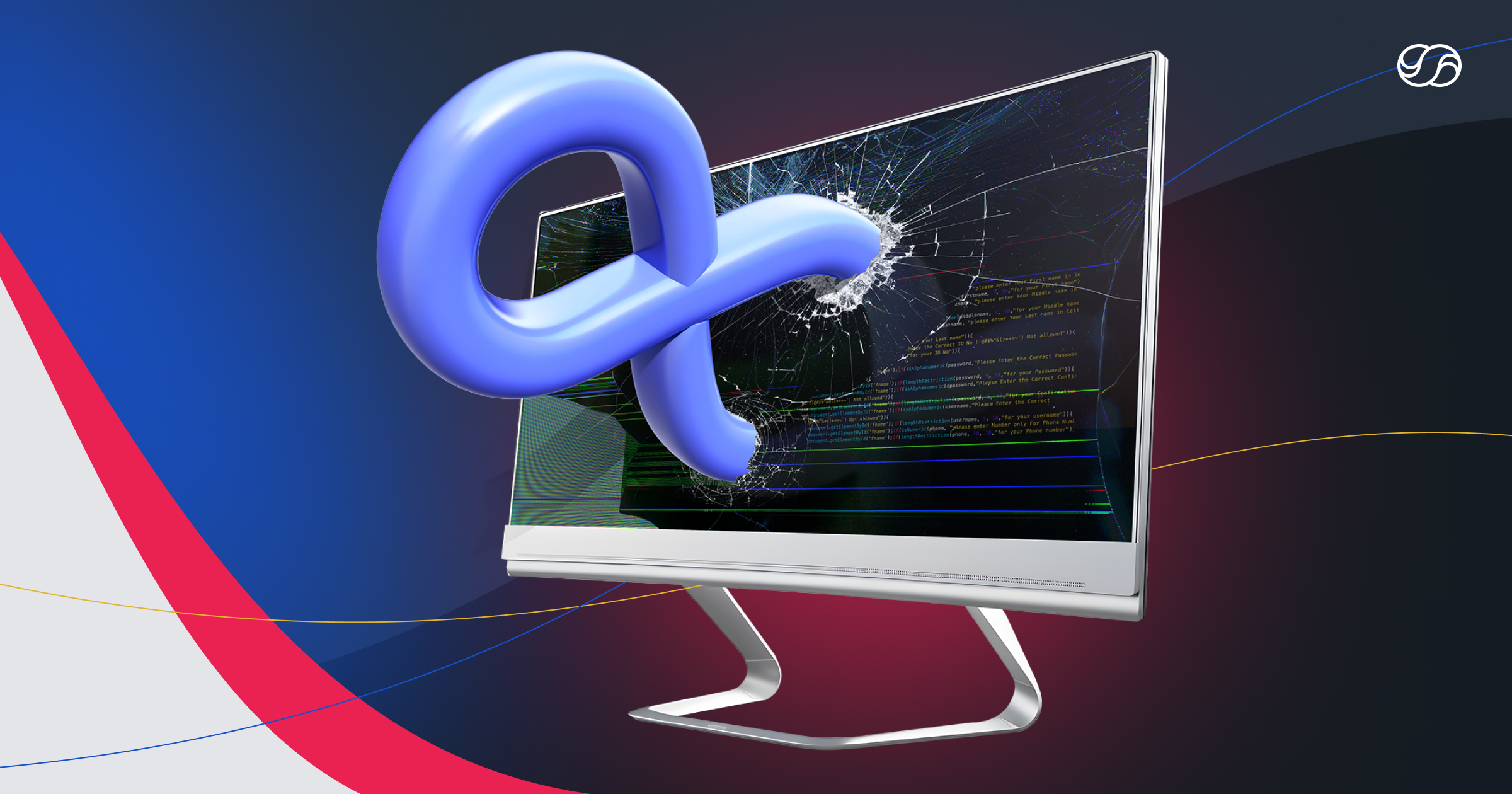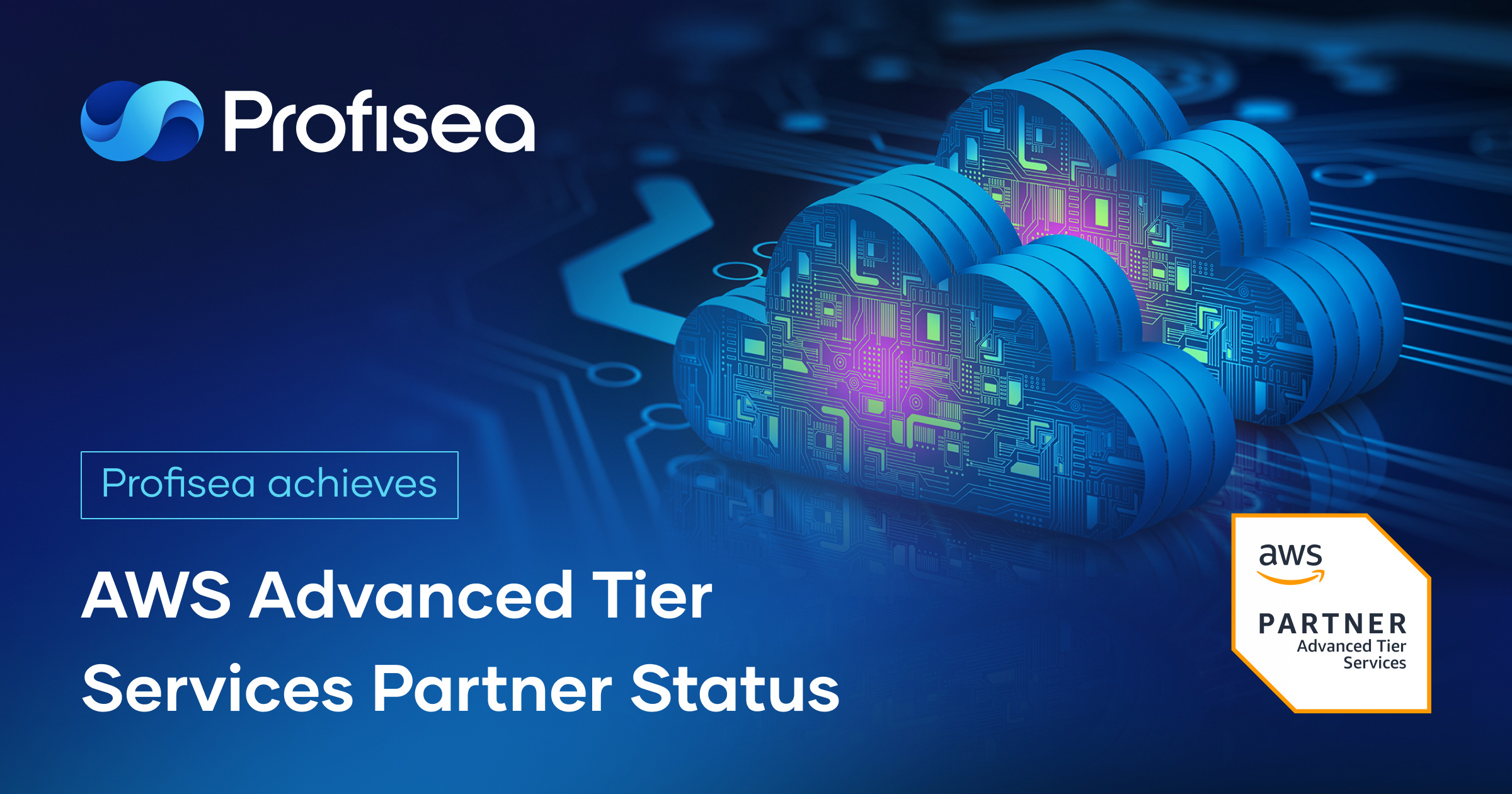Microservices: Everything worth knowing!
Monolith or Microservices? While IT companies are still debating on these architecture types, we, as a mature DevOps company successfully practicing microservice-style of software designing, decided to discuss the microservices main perks and more valuable microservice-related information. It makes perfect sense as according to Statista,
“in 2021, 85% of respondents from large organizations with 5,000 or more employees are currently using microservices which suggests that big enterprises are more likely to require microservice utilization in their operations”. And according to O’Reilly’s research “Microservices Adoption in 2020,”
77% of respondents (1,502 software engineers, systems and technical architects, engineers, and decision-makers from large and SMDOs) have adopted microservices, with 92% experiencing success with them.
Microservices: explained.
‘Micro’ means small, and microservices are a set of small, easily deployable applications that must execute business logic. By interacting with each other using various technologies such as API or HTTP protocols, these services are created separately from others and have completely autonomous deployment paths.
What are the pros and cons of microservice architecture? Microservices are better coordinated as the entire base is divided into smaller services that perform separate tasks. Considering each technician can work with each module individually and deploy it independently of other modules, we argue that delivery is more flexible and much faster than monolithic applications. Unlike monolithic architecture, microservices are smoothly scalable because there is no need to extend the entire system. In addition, a microservices-style architecture is more robust because the failure of a single module does not affect the entire infrastructure. However, microservice architecture designing and implementing is not a piece of cake. Generally, it takes more time and effort to work with all microservices. Moreover, quite often the deployment is difficult due to the sheer number of independent updates provided at the same time, and it is quite difficult to operate the entire process. But this can be simplified with deployment automation that DevOps engineers develop.
Microservices & Monoliths: What’s the difference?
| Features | Monoliths | Microservices |
| Constancy | one failure – entire system is down | one failure – one item is down |
| Scalability | vertical and slow | horizontal/vertical and fast |
| Speed | slow deployment, non-integrable | fast deployment, seamlessly integrable |
| Required skills | Java, PHP, Ruby, Python/Django, etc. | DevOps, Docker, Kubernetes, AWS skills |
What architecture to choose, monolithic or microservice, depends on the goals of a particular IT organization, and monolithic style is for you if you intend to create a simple software, not trying to expand the team, and if you’re at the early stage of a cycle and designing a Minimum Viable Product to quickly collect feedback from your customers. Conversely, you should use microservices if you want to create large-scale software, looking to expand your team, or even create a couple of teams. If you plan to use different languages and have sufficient time to plan the project carefully, microservice-type architecture is better for you.
5-turn road from Monoliths to Microservices
What application-level changes you should do before you move from monolithic architecture to microservice one:
- Optimize building. It’s important to streamline your building stage and get rid of dependencies, bottlenecks, and so on.
- Split dependencies. Once the loop is ordered, you must remove the monolith dependencies between modules.
- Migrate to the local environment. With Docker containers, you localize each module and this will accelerate your software deployment.
- Develop synchronously. The different branches in the main repository should serve to run multiple tasks at once.
- Accept Infrastructure as Code (IaC) practice. With IaC, you dramatically speed up your development processes, as the main goal of IaC is to eliminate toil and ditch bottlenecks.
Microservices: find out all!
So, here is the top-notch microservice-dedicated articles list from Profisea experts:
- Let’s start with ABC – What are Microservices?: an easy guide for you. Plus, very helpful microservice vocabulary Part 1 and Part 2 to learn the terms.
- If you are still deciding which architecture type is better for your business, Monolithic or Microservice, here is the comparison article highlighting both architectures’ pros and cons.
- If your choice is adopting microservices and you decide to perform migration from monolith to microservices, we recommend you to read the Microservice Deployment Know-How article carefully.
- And, last but not the least, when dealing with microservice-type architecture, Security is a big matter. Here is a simple but quite helpful article on handling security in the Microservice Ecosystem.
Final thoughts: Microservice architecture is our choice, what about you?
If you choose to use microservices and decide to migrate from the monolith, we recommend that you think carefully about what you are doing and why. Try not to focus on the microservice creation activity, but on the desired outcome. What do you think the result will be? If the answer to this question is clear and you want to implement microservices, go ahead, but reach out to DevOps professionals to execute DevOps-as-a-Service or at least get advice on this very time and energy-consuming issue.




